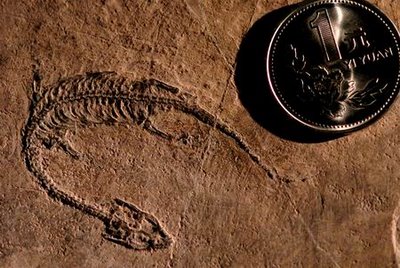 (Xinhua/Yang Junjiang)
(Xinhua/Yang Junjiang)
Archaeologists excavated an extreme rare juvenile keichosaur (
Keichousaurus hui) fossil at a local hillside in Xingyi, Guizhou Province of China on Novermber 7. The fossil length measures only 92.3 millimeters, comparable to the size of a 1-Yuan coin. The significance of the discovery may provide some proof to the theory that the keichosaur was
Ovoviviparous.
A brief introduction to keichosaur from
Fossilmall.com:
Keichousaurus hui, 胡氏贵州龙 in Chinese, is a semi-aquatic reptile dinosaur living in the Triasssic of China. The Keichosaurs were members of the Pachypleurisauridae, and as such were related to their contemporaries the Nothosaurs (indeed, at one point they were referred to the Nothosauridae). The genus derives its name from the 1957 location in Keichow Province where they were first discovered. The Keichousaurs were thought to be able to make their way on land by virtue of their strong limbs (note the robust ulna). Some believe they lived in a marshy environment. The Pachypleurosaurs are believed to have evolved in China, making their way to Europe via the northern border of the Tethys Sea. None of the later European members of the family had the massive limb bones seen in Keichousaurus.
A more detailed Chinese introduction is available here.
Link to People Daily (in Chinese)













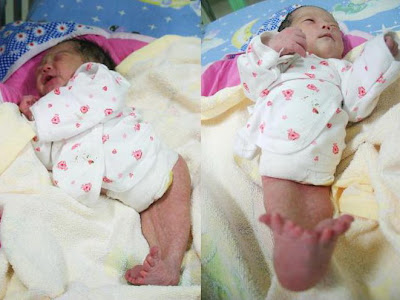

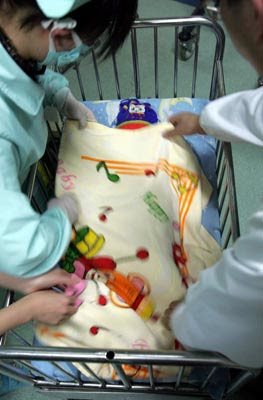















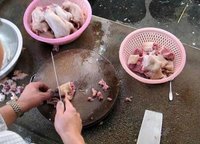




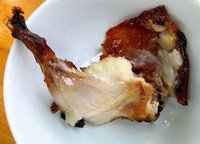









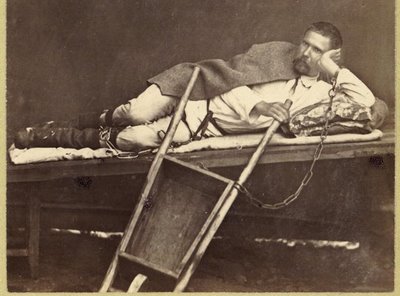

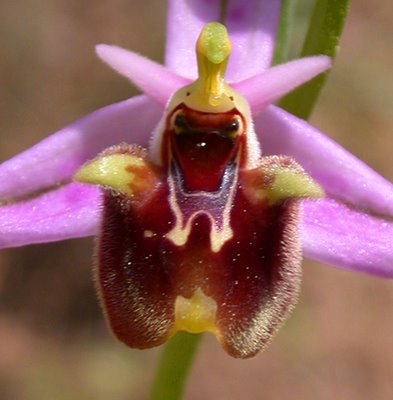




 Pictures were found on
Pictures were found on